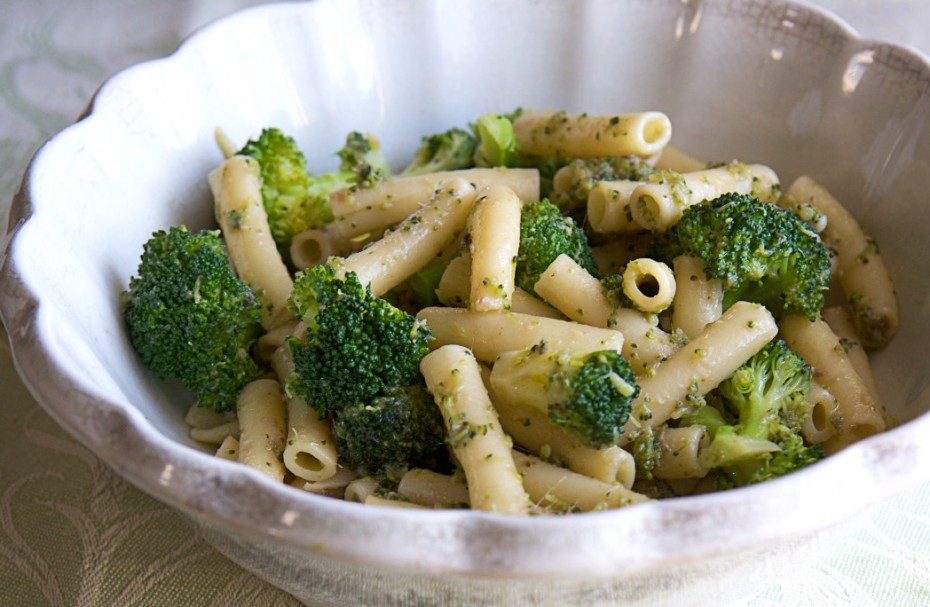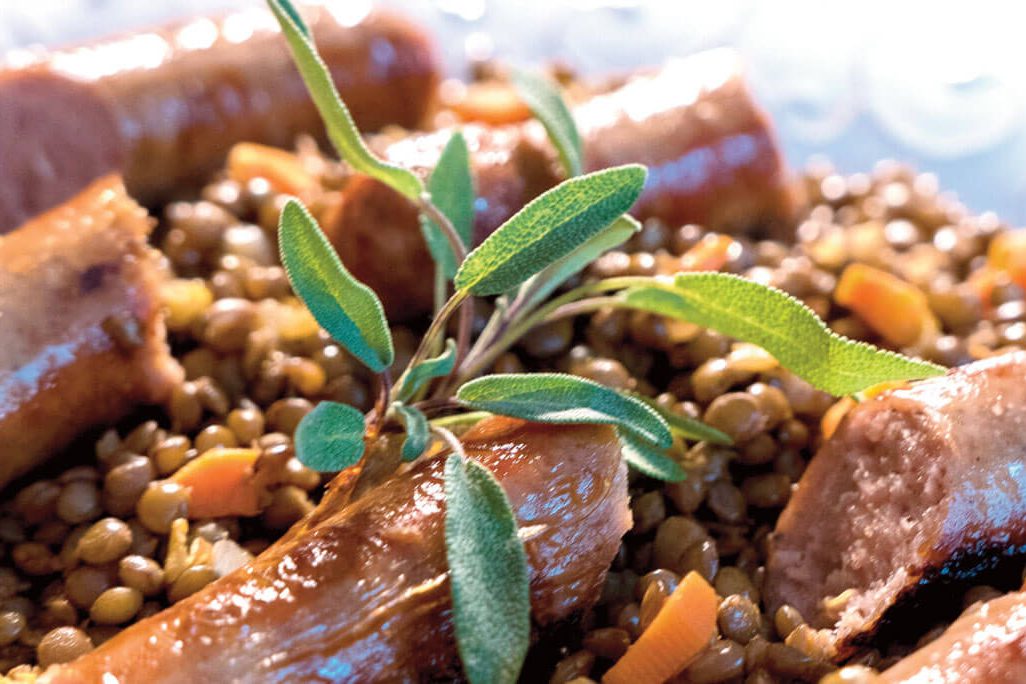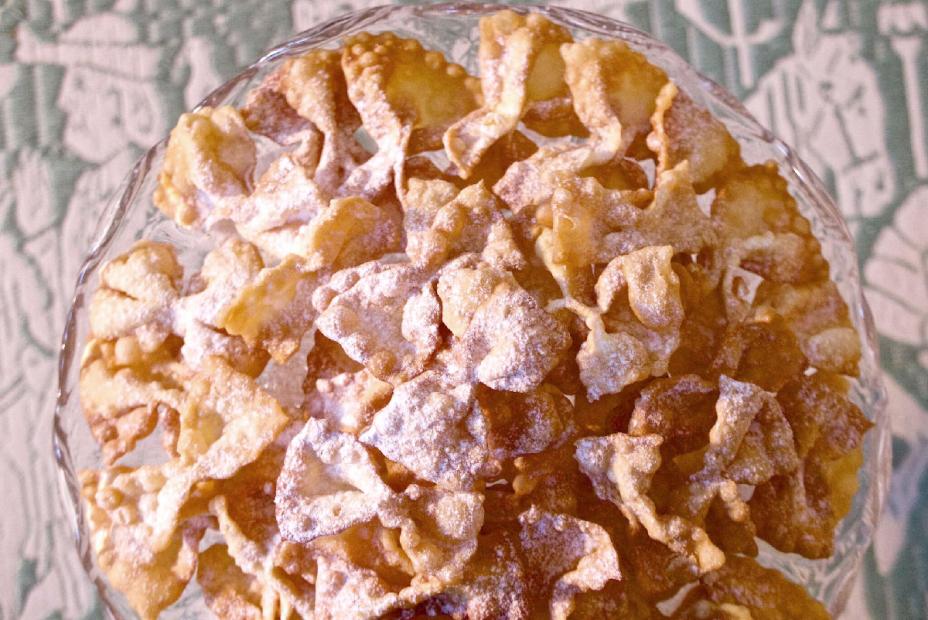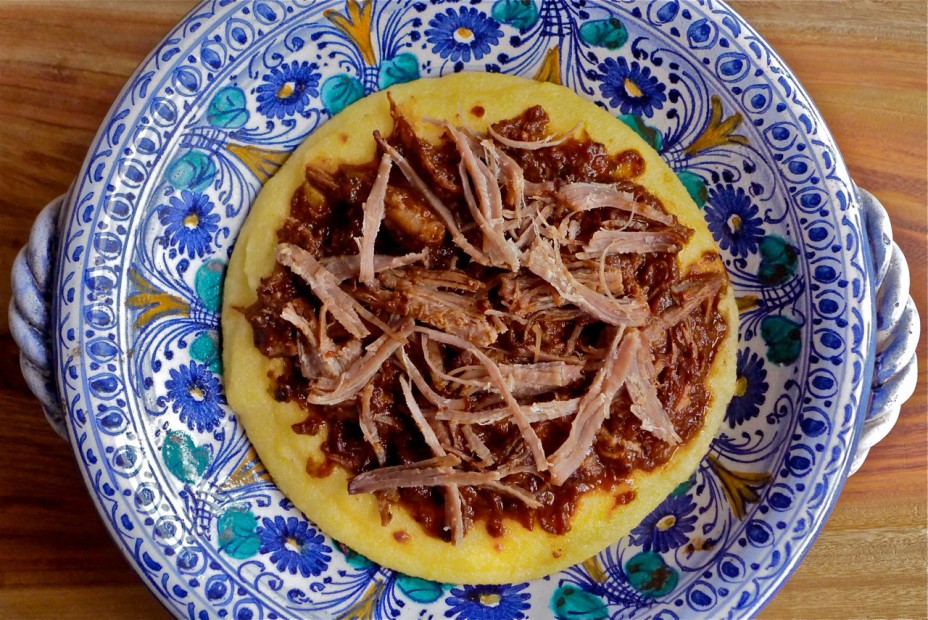American readers who are familiar with my work may know that I have been immersed in the world of Italian gastronomy for over three decades, writing not only about the food and the land, but also about the faces — kin and acquaintances alike. I’ll admit that my world of food has been something of an obsession and not, perhaps, for the reason one might surmise from the dedication pages that have often read like love letters to my mother, a woman born in Decimoputzu, Sardinia, in the early part of the 20th century. A narrative of her life in the crosshairs of an abusive, if wealthy, father; of Fascists, Nazis, and the debacle of Mussolini’s Italy would read more like a Lina Wertmüller story than the romance I am perhaps guilty of portraying. Case in point, in the introduction to my first book, I wrote, “My mother was fresh from Italy, so to speak, having met and married my father there after the last war. When she came here, she brought only her most treasured possessions, and packets of saffron and lovely recipes dating from her Sardinian childhood and her adolescence in Rome…. It was not only that she loved to cook. It was her quiet passion. It was her poetry.” While my description of her history is truthful, the tender words reflect the mind of a child caught in the crosshairs of yet another war, this one of the sort that adults wage on each other in the wake of their own childhood turmoil.
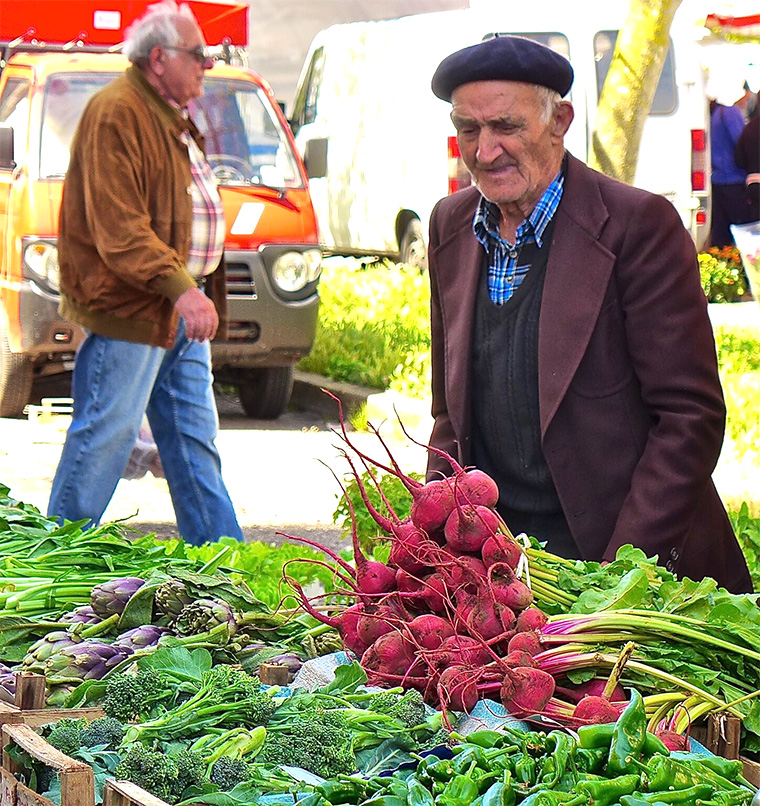
Italy has never been one nation in spirit, and it certainly didn’t unite under our roof. Sardinia, my mother’s turf, is a long way from Puglia, my father’s. She complained about his pugliese predilection for pasta, especially if beans entered into it, no matter the occasion. “Give him a plate of pasta e fagioli and he’s happy,” she’d carp. “Il mangiare dei morti di fame!” —“Food fit for people dying of hunger.” She was from Sardinia, where bread rules. As for him, as long as she didn’t get any ideas about trying out the fads of the times—T.V. dinners, canned soup, instant meals, or other 1950s American food notions, he turned a deaf ear to the scolding and dinnertime was open season for her.
On rare occasions, she condescended to cook the rustic food he liked. One dish, which she picked up from his mother, macaroni and broccoli, had its origins in orecchiette con cime e acciuga, little pasta “ears” with “broccoli rabe” and anchovy, a specialty of nonna Domenica’s native Bari. Cime di rape, literally, “turnip tops” (Brassica rapa ruvo) were a quiddity of Puglia and a few other southern Italian regions until 1973, when the legendary grocer Andy Balducci ordered a few crates of the stuff via airmail from a childhood friend of his who was growing it back in his native town, Corato (Provincia di Bari). Where there was once no cime di rapa anywhere to be found in American produce stalls, now the likes of James Beard (“Mr. B” to the Balduccis), Cher, and Mario Batali were coming into the famous Greenwich Village shop and asking for the pleasantly bitter greens, whose Italian name had by now been Americanized into the mongrel alias “broccoli rabe.”
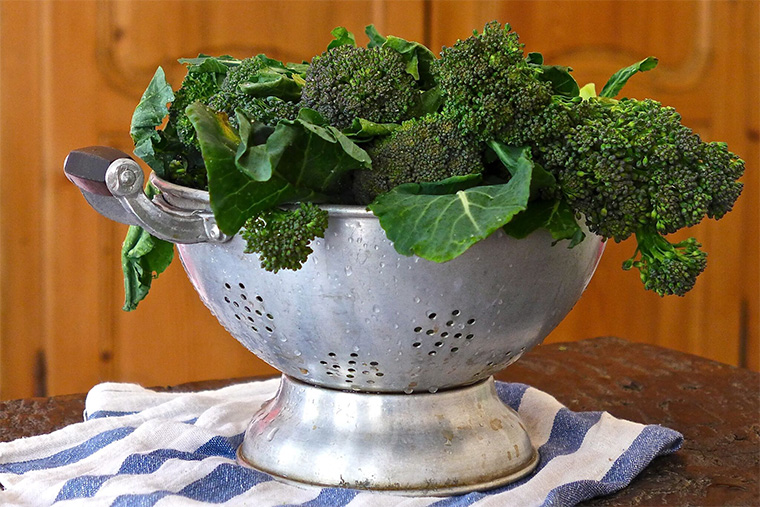
But that was a long time after my father’s parents sailed to America in 1908. With no such providence in the markets of the south Bronx upon her arrival in New York City, Nonna Domenica was forced to improvise and used broccoli instead, which she could find in the produce markets. Crowns and stalks alike were cooked together with a few pounds of rigatoni to make a nourishing meal for her family of thirteen. This delicious and exuberant dish of the sort Americans rarely experience is, if anything, a true Italian-American hybrid.
My sisters and I loved it so much that we fought for whatever bits were left at the bottom of the bowl, even after we had had second helpings. My mother eventually learned to make double the amount she usually made, and the next day for lunch, she warmed up the leftovers in a frying pan until the rigatoni were crispy at the edges—we fought over that, too! Even avowed anchovy haters for whom I have made this dish have loved it (why, I wonder, do so many Americans hate anchovies?). The little preserved filets dissolve completely into the hot olive oil to form the sauce.
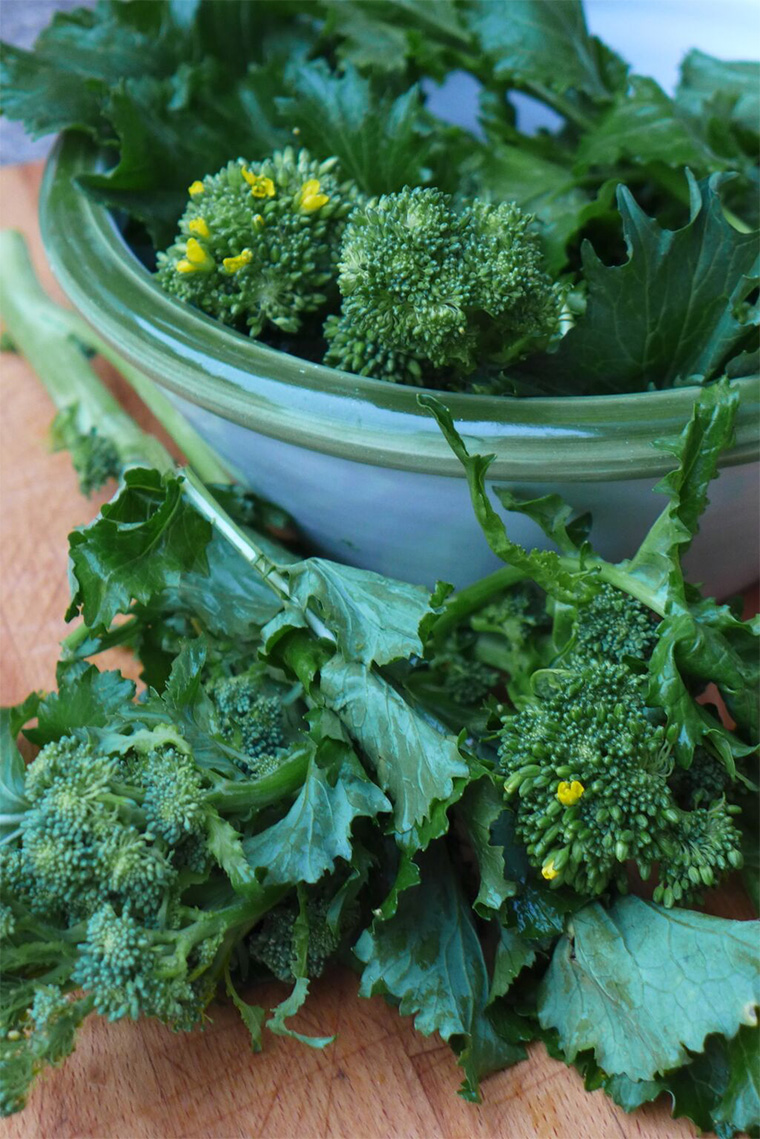
While broccoli is in the markets year-round, I never have a yearning for it or any of its cabbagey relatives until October, when there is a winter nip in the air. There is no science behind my conviction that the flavors of the Brassica family are best suited to cold weather cooking, but my desire for it, begins precisely in this second month of autumn.
Nonna Domenica’s Macaroni and Broccoli
From Italian Home Cooking: 125 Recipes to Comfort Your Soul, by Julia della Croce (Kyle Books)
For 4-6 people
1 large head of broccoli
2 tablespoons kosher salt
1 pound (450 g) good imported Italian rigatoni (alternatively, ziti, penne, or penne rigate)
1½ tins anchovy filets preserved in olive oil
½ cup (125 ml) good extra-virgin olive oil
1 Wash and trim the broccoli, cutting off any tough or discolored parts. Divide
the top part into florets, and slice the stalks into thin 2-inch pieces (no part of the head of broccoli goes to waste).
2 In an ample pot, bring 7 quarts water to a rapid boil. Stir in the salt, the broccoli, and the pasta all at once. Cook over high heat until the pasta is al dente and the broccoli is soft and creamy (we don’t want broccoli “al dente” here). Stir several times as the pasta cooks to prevent it from sticking together and to allow even cooking.
3 Meanwhile, in a large skillet over medium-low heat, warm the olive oil and the anchovies together, including the oil from one of the anchovy cans. The anchovies will dissolve completely in the oil, forming the basis of the sauce. Keep warm.
4 When the pasta is cooked, drain it, but don’t over-drain; set aside a teacup full of the cooking water, which you will no doubt need shortly. Once drained, the pasta should still be moist and dripping a little. Toss the pasta and broccoli with the anchovy sauce in the skillet. If you think it could use a bit more loosening up, work in a little more of the reserved pasta cooking water. Serve at once, piping hot. Once again, resist the temptation to add grated cheese of any sort.
Julia della Croce is a food writer and James Beard award-winning cookbook author and recipe developer based in New York. She is presently incubating a book about her family’s ancestral region, Sardegna. Visit her website, www.juliadellacroce.com and blog, http://juliadellacroce.com/forktales1/, connect on Facebook: Julia della Croce – chef & foodwriter, Twitter: @juliadellacroce and Instagram: juliadellacroce.
